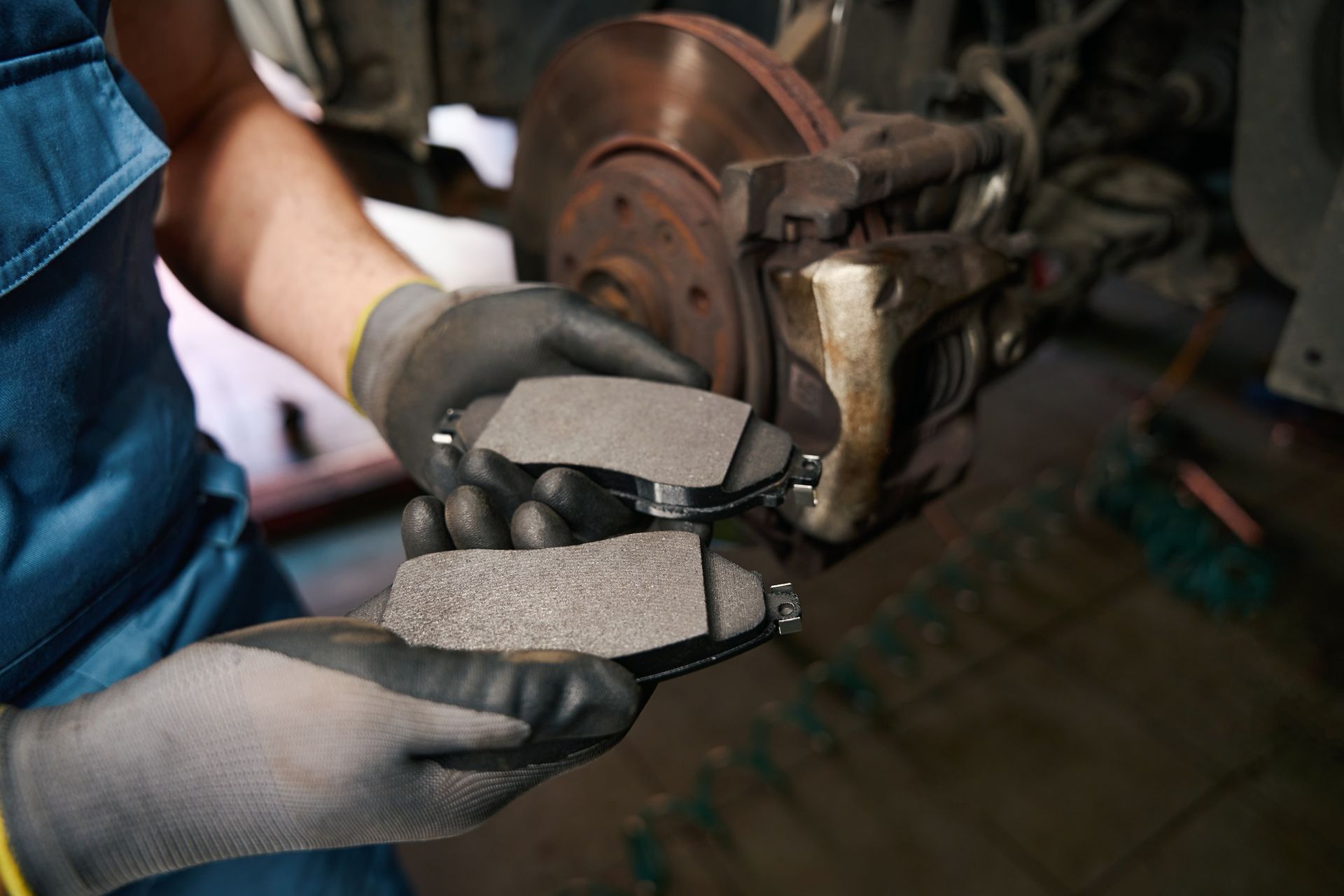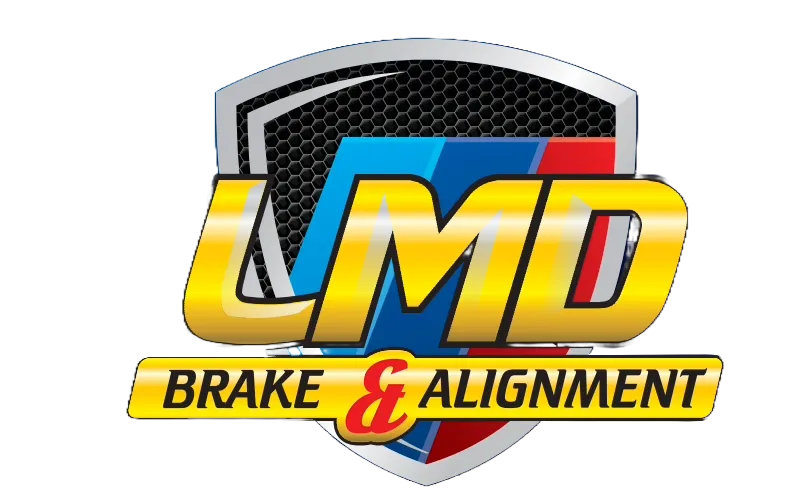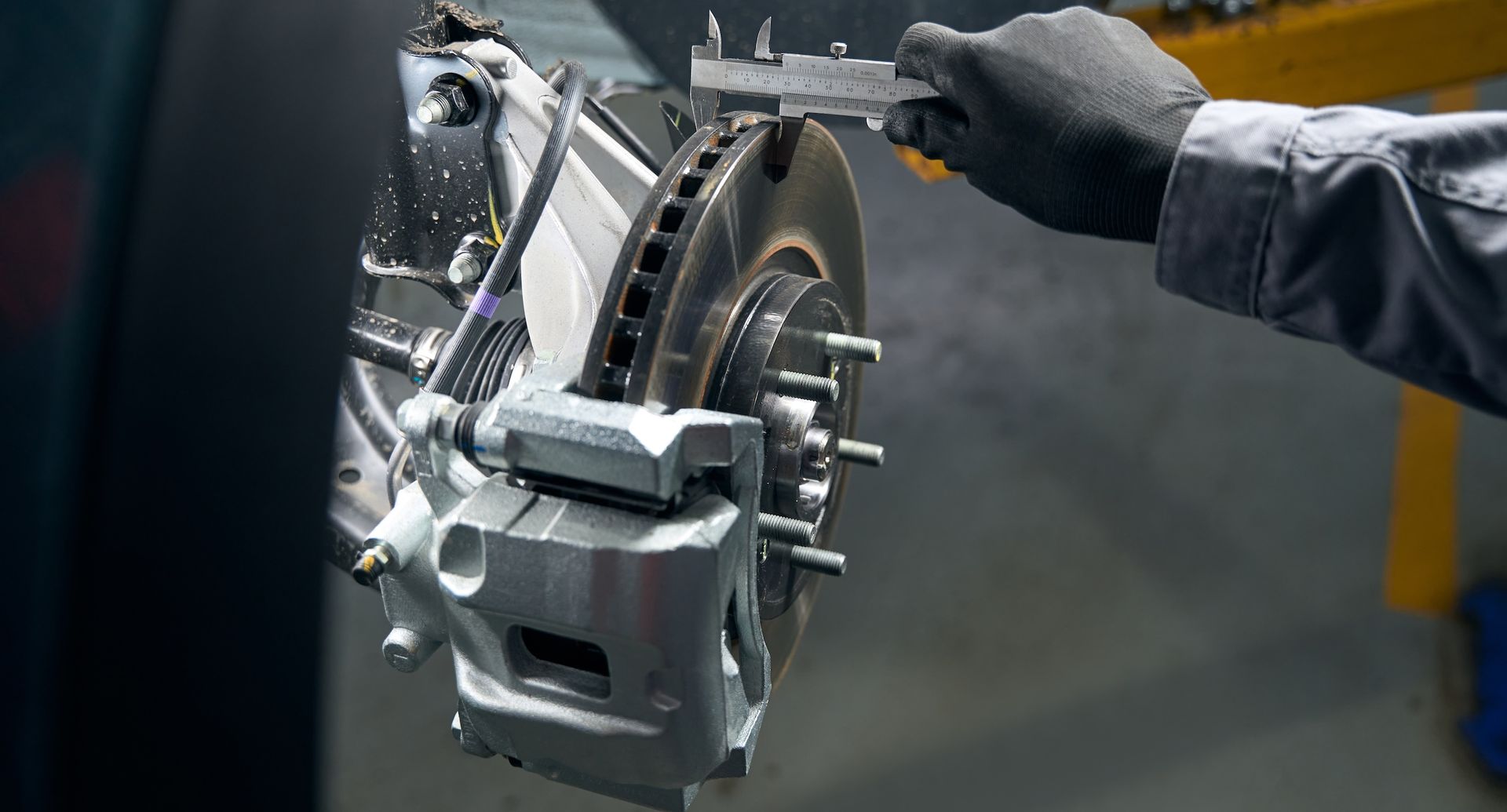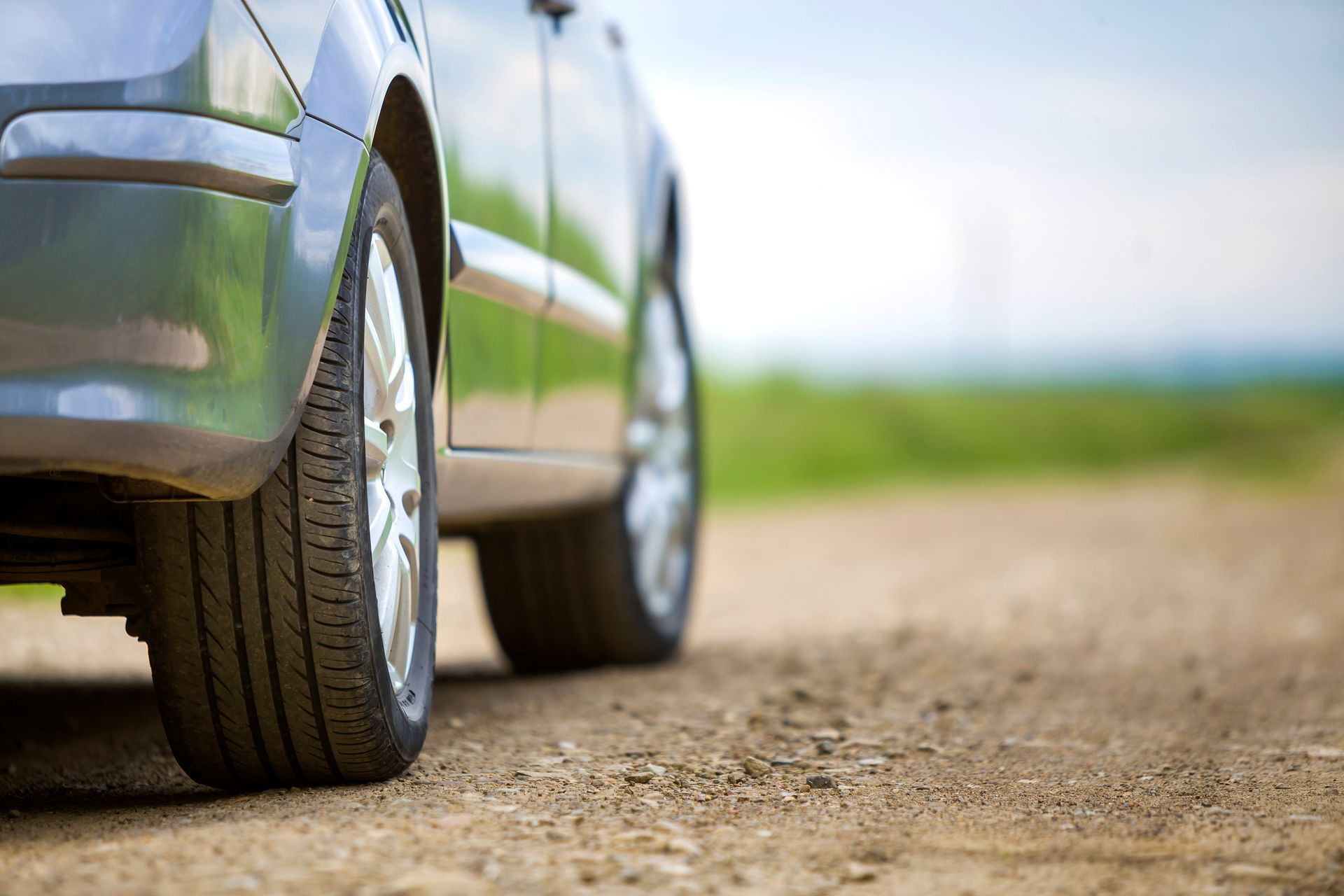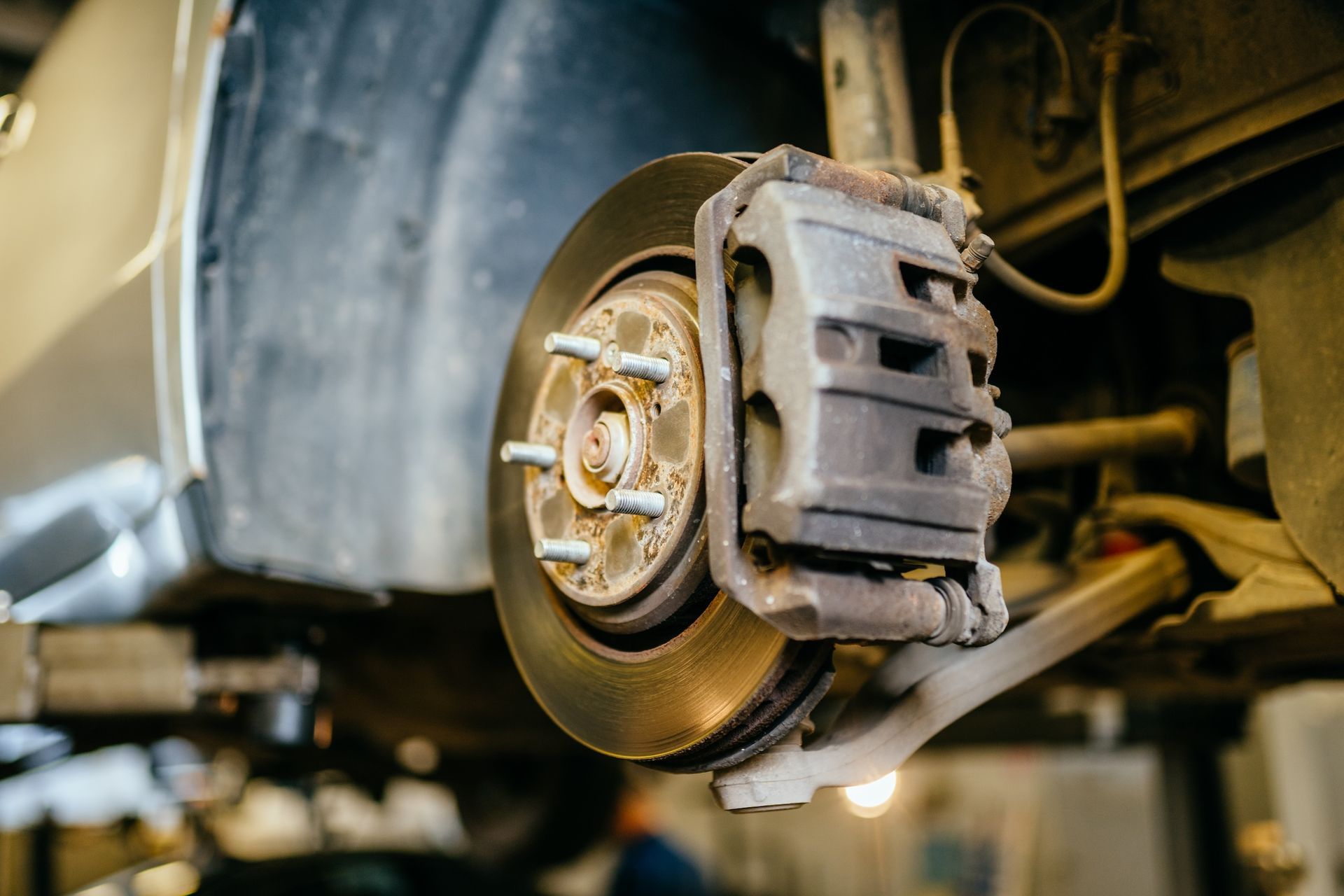Call or Text "BRAKES" to
(541) 631-4126 for a Free Estimate
Time to Replace Your Brake Pads?
Brake pads are a crucial component of your vehicle's braking system, directly affecting your safety on the road. Over time, brake pads wear down, making it essential to replace them before they become too thin to function properly. But how can you tell if it’s time for a replacement? Here are some key signs that your brake pads may need to be replaced.
1. Squeaking or Squealing Noises
One of the most common signs that your brake pads need replacing is a high-pitched squeaking or squealing noise when you apply the brakes. This sound is typically caused by a small metal shim, called an indicator, which is embedded in most brake pads. When the pads wear down to a certain level, the indicator starts to rub against the brake rotor, producing that squealing sound. If you hear this noise consistently, it's a clear sign that your brake pads are worn and need to be checked.
2. Grinding Sound When Braking
If you hear a grinding or growling noise when applying the brakes, it's a more serious issue. This sound usually indicates that the brake pads are completely worn out, and the metal of the caliper is grinding against the metal of the rotor. This can cause significant damage to the rotors, leading to more expensive repairs. If you hear this grinding sound, it’s important to have your brakes inspected immediately.
3. Reduced Brake Responsiveness
Another sign that your brake pads might need replacing is a noticeable decrease in brake responsiveness. If your vehicle takes longer to stop than usual or if the brake pedal feels soft or spongy when pressed, this could indicate that the brake pads are too thin. This reduction in stopping power is not only dangerous but also a clear signal that your brake pads need attention.
4. Vibration or Pulsation When Braking
If you feel a vibration or pulsation through the brake pedal when applying the brakes, it could be a sign that your brake pads are worn unevenly. This is often caused by warped rotors, which can occur when the brake pads are too thin to absorb the heat generated by braking. Uneven brake pad wear can lead to reduced braking efficiency and should be addressed as soon as possible.
5. Visual Inspection
You can also perform a visual inspection of your brake pads to determine if they need replacing. Most brake pads can be seen through the wheel spokes. Look for the pad’s thickness; if it appears less than a quarter of an inch (about 6.4 mm), it’s likely time to replace them. Some brake pads have wear indicators, which are grooves in the pad. If these grooves are no longer visible, it’s a sign that the pads are worn out.
6. Indicator Light on the Dashboard
Many modern vehicles are equipped with a brake warning light on the dashboard that illuminates when the brake pads are due for replacement. If this light comes on, it’s a good idea to have your brakes checked by a professional as soon as possible. However, not all vehicles have this feature, so it's important to be aware of the other signs as well.
Why Timely Replacement is Crucial
Replacing brake pads before they wear out completely is critical for maintaining your vehicle’s braking performance and ensuring your safety. Worn brake pads can reduce your ability to stop quickly, leading to dangerous situations on the road. Additionally, allowing brake pads to wear down completely can cause damage to other components of the braking system, such as the rotors, leading to more expensive repairs.
What to Do If You Notice These Signs
If you notice any of the above signs, it's important to have your brake pads inspected and replaced by a professional mechanic as soon as possible. At LMD Brake & Alignment Center, we specialize in brake services and can quickly assess the condition of your brake pads and recommend the best course of action. Don’t wait until it’s too late—ensure your safety by addressing brake pad issues promptly.
For more information on our brake services or to schedule an appointment, visit our Brake Services page.

